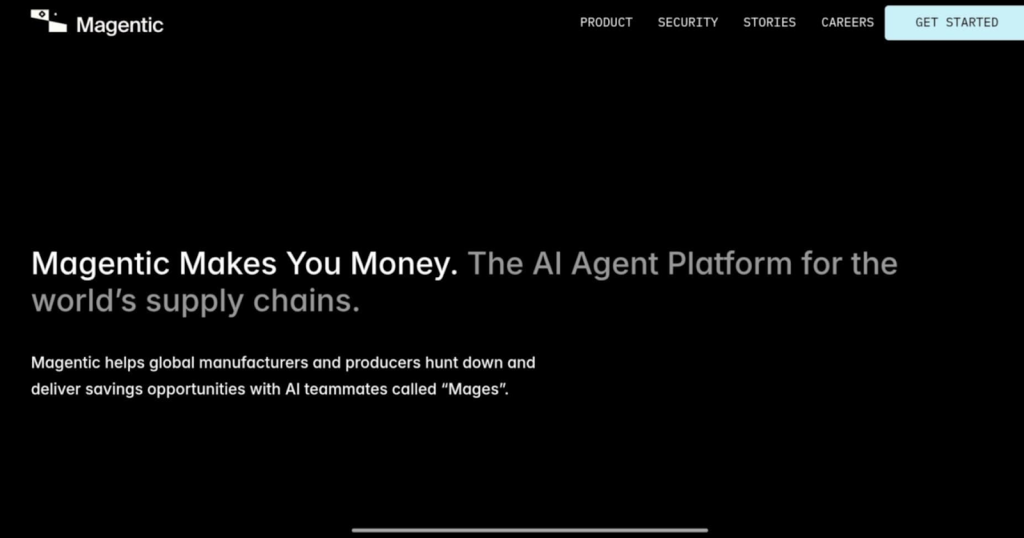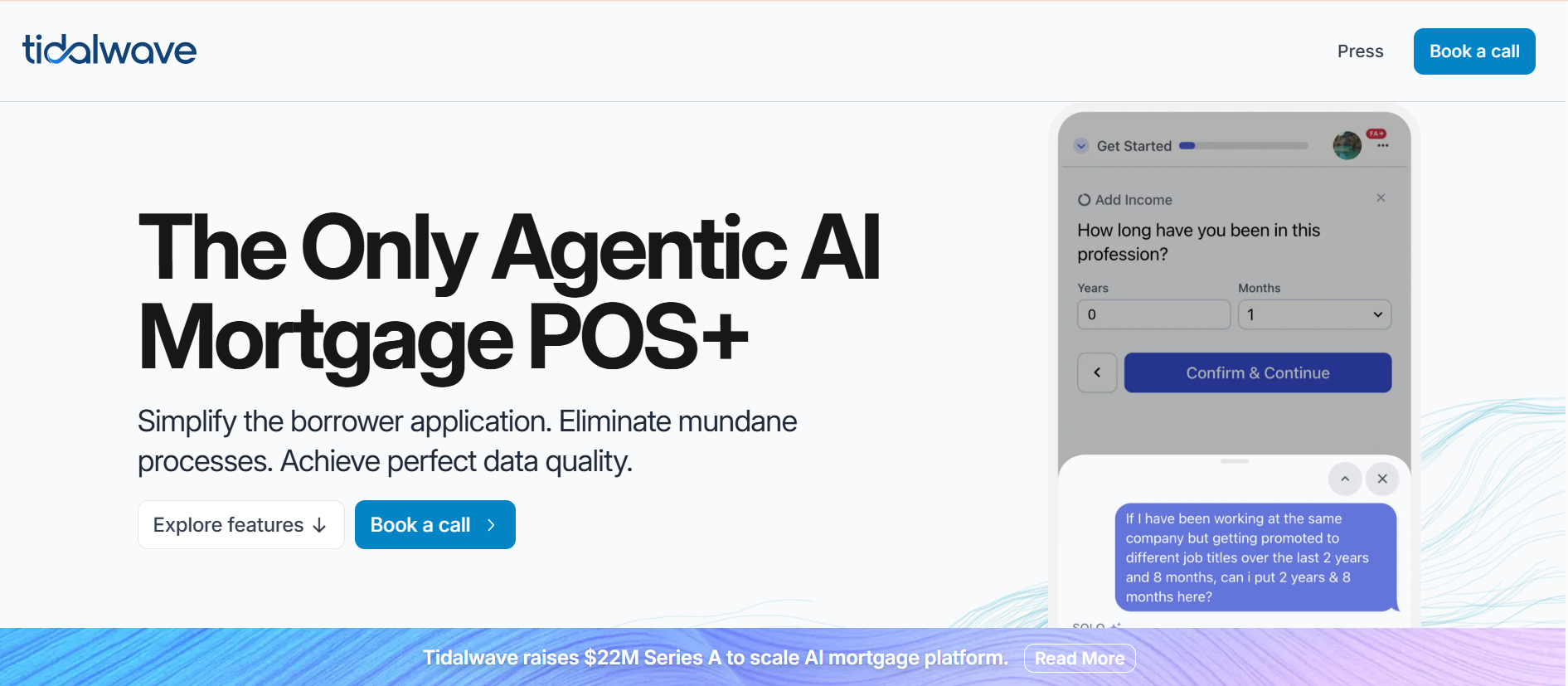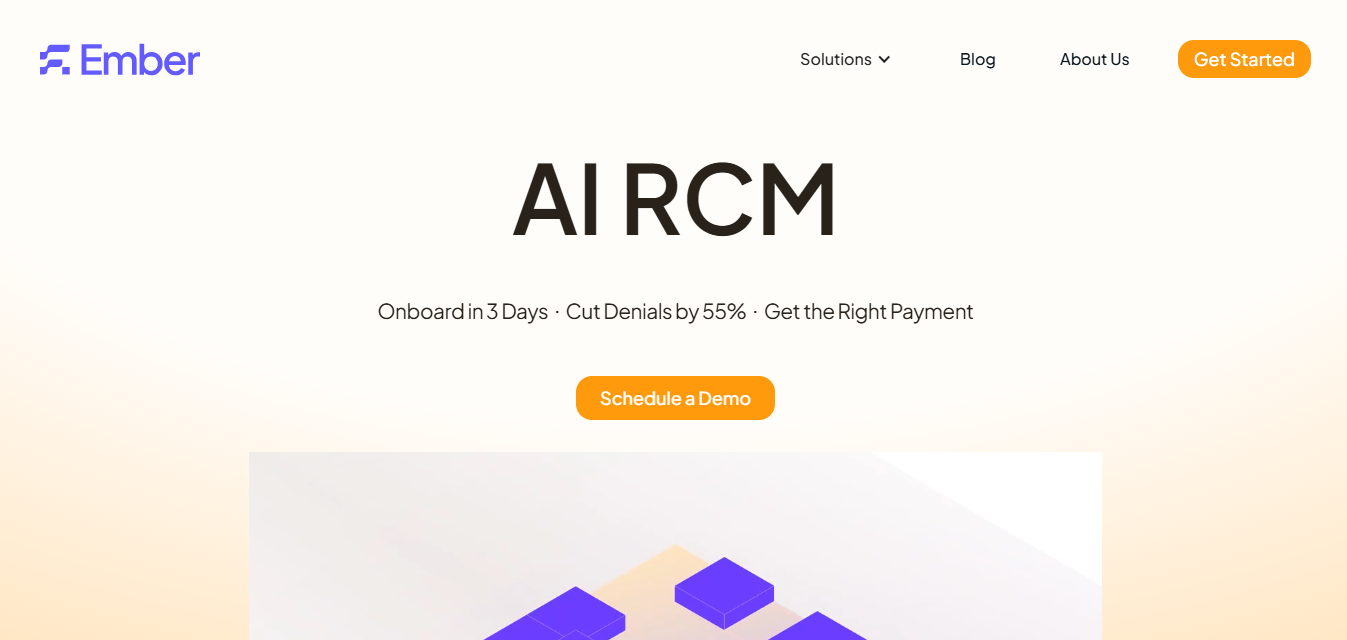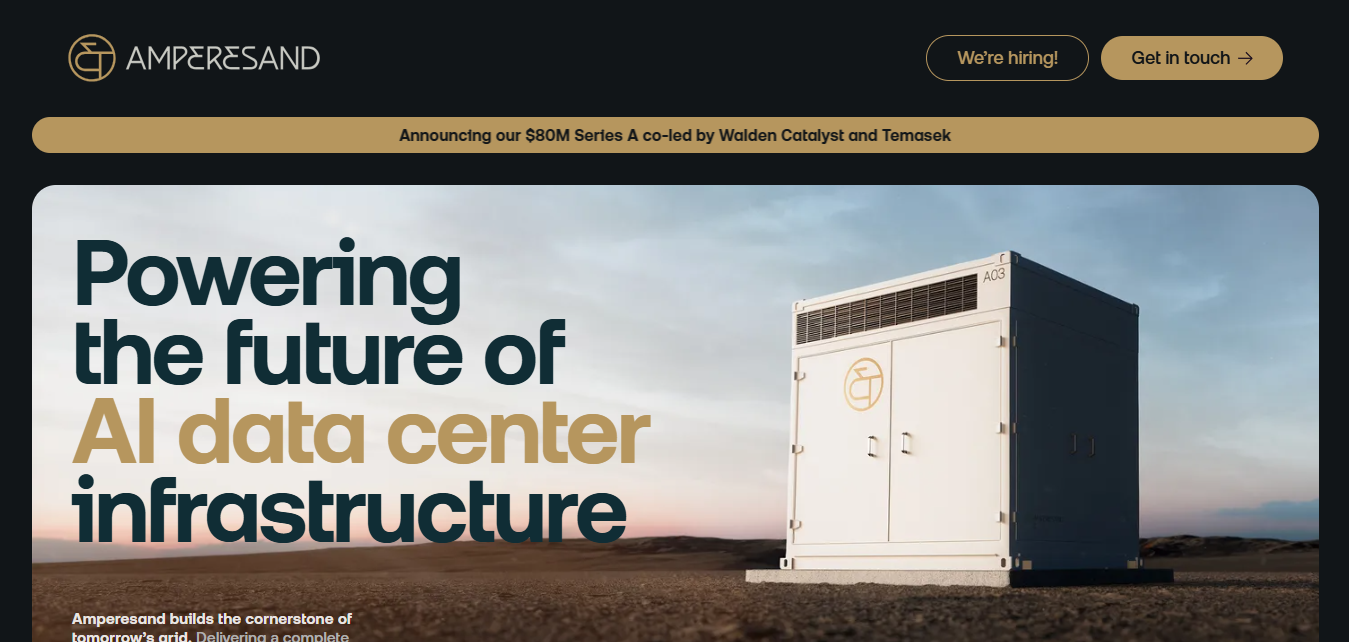Magentic Secures $5.5M in Funding Led by Sequoia Capital and Others
August 5, 2025
byFenoms Start-Ups

Magentic, an AI-driven platform reshaping global supply chain operations, has raised $5.5 million in a seed round backed by top-tier firms including Sequoia Capital, The Westly Group, and First Momentum Ventures. The raise highlights a growing appetite among investors for AI-native solutions tackling legacy inefficiencies in critical infrastructure industries.
Founded by Robin Van Aeken, Magentic builds AI agents - called “Mages” - that actively manage and optimize manufacturing and supply chain workflows. From procurement to production to delivery, Magentic’s AI handles what traditional software only analyzes.
This round puts Magentic on the map as a serious contender in the race to modernize supply chains with autonomous intelligence.
Supply Chain Disruption Creates a New Urgency for AI Innovation
Global supply chains are under increasing pressure from geopolitical instability, shifting consumer expectations, and the rise of just-in-time manufacturing. According to McKinsey, companies that implement AI in their supply chains can reduce forecasting errors by up to 50%, lower lost sales by 65%, and decrease inventory levels by as much as 50%.
The global supply chain AI market was valued at $5.2 billion in 2023 and is projected to reach $20.5 billion by 2028, growing at a CAGR of over 31%. This explosive growth signals not just a tech trend - but a market correction in how logistics, production, and procurement are managed globally.
Magentic is tapping into this urgent demand with a platform designed to deliver results autonomously, not just offer suggestions. Its AI agents aren't just dashboards - they are decision-makers, automating key functions that otherwise bog down manufacturers with inefficiency and waste.
What Sets Magentic Apart From Traditional SaaS Models
While traditional supply chain software systems rely on static rules, predefined workflows, and manual input, Magentic’s agents actively learn and evolve in real time. Their system monitors internal operations, external suppliers, cost fluctuations, and logistical constraints, and acts accordingly.
Instead of waiting on humans to interpret dashboards and implement changes, Magentic’s platform takes action. This autonomy is what modern supply chains need: faster decision loops, cost optimization, and risk mitigation - all driven by machine intelligence tailored to real-world variables.
This approach allows manufacturers to shift from reactive to proactive operations, generating compounding ROI across multiple points in the supply chain.
The Overlooked Advantage: How Founders Can Use Strategic Positioning to Attract Tier-1 Capital
There’s a deeper insight embedded in Magentic’s raise - and it’s something few founders leverage effectively.
Magentic’s round didn’t just happen because they have a novel product. They positioned themselves within a specific investment thesis that aligned with the worldview of top-tier firms like Sequoia and Westly. These firms aren’t looking for generalist solutions. They’re pattern-matching against themes they already believe in - AI agents, vertical-specific SaaS, and enterprise automation.
Founders often assume traction alone will get the meeting. But what opens the door and seals the deal is strategic narrative alignment.
Here’s the tactical move:
Before reaching out to investors, analyze their recent public statements, blog posts, and portfolio additions. Identify recurring patterns in the type of market shifts they’re betting on. Then, craft a narrative that aligns your product with their vision - not through vague industry buzzwords, but by showing how your company is a natural evolution of the bets they’re already making.
This alignment is further strengthened when you publish thought leadership content before your fundraise begins. Whether it's a blog post, a well-researched tweet thread, or an industry teardown, this content should demonstrate your mastery of the space and your vision for its evolution. The goal is to become “discoverable” by the right investors who are actively sourcing deals around that thesis.
Magentic likely benefited from being seen not just as a product, but as a manifestation of a larger shift - autonomous agents taking over high-value, repetitive enterprise tasks. Founders who learn how to engineer this type of strategic visibility often find their raise accelerated, not delayed.
AI in the Enterprise: A New Standard Emerging
The momentum behind Magentic is part of a broader shift toward enterprise adoption of autonomous AI tools. A 2024 Gartner report states that 60% of enterprises plan to deploy at least one AI-driven operational agent by 2026, up from just 10% in 2022. The same report identifies supply chain and procurement as two of the highest priority domains.
Additionally, over 70% of Fortune 500 manufacturers have AI integration listed in their 2025 innovation roadmaps, as per Deloitte’s recent industry outlook. These companies aren’t experimenting anymore - they’re committing capital and leadership focus to system-wide AI adoption.
Magentic’s timing is impeccable. With a product that’s already delivering tangible savings and operational efficiencies, the startup is well-positioned to capture enterprise logos looking to future-proof their infrastructure.
What Comes Next for Magentic?
With its new funding, Magentic is expected to scale engineering, deepen AI capabilities, and build out enterprise integrations with systems like SAP, Oracle, and Microsoft Dynamics. The company is also reportedly expanding its European footprint and launching new pilot programs with several large manufacturers.
As the pressure increases on manufacturers to deliver faster, cheaper, and more resilient operations, Magentic’s agents could soon become an essential layer of enterprise infrastructure - functioning silently in the background, optimizing billions in production and logistics costs.
Final Thought: Founders Should Watch This Space Closely
Magentic is not just another AI company. It represents a critical inflection point in enterprise automation - where AI moves from insights to outcomes. For founders building in niche or industrial sectors, this raise is a case study in timing, thesis-fit, and investor alignment.
The next wave of enterprise AI companies will be the ones that do the work, not just suggest it. And the founders who can align their narrative with that future - clearly, credibly, and early - will be the ones securing term sheets faster than the rest of the market even catches on.









